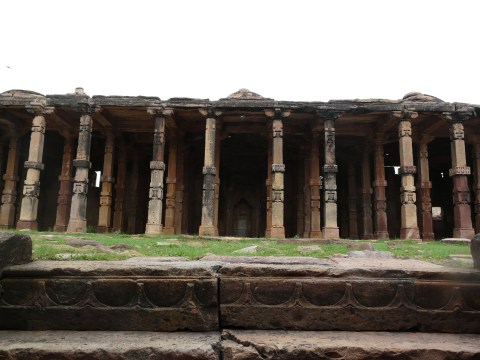Here are a few examples of monument restoration from Agra and Ajmer, all of Mughal-era structures from the 16th and 17th c AD. The usual impression we get when we visit historic monuments is that we are looking at structures that have come down over the centuries in the state we see them in presently, but in reality many of these structures have been restored and rebuilt, some multiple times. While there are a lot of arguments and positions regarding the whys and hows of restoration among the conservation/preservation community, from an architectural history viewpoint what’s important is how we can interpret historic monuments when the monument is not all as historic as made out to be. At a general level it entails analyzing the structure keeping in mind and “seeing around” the restoration. Continue reading



